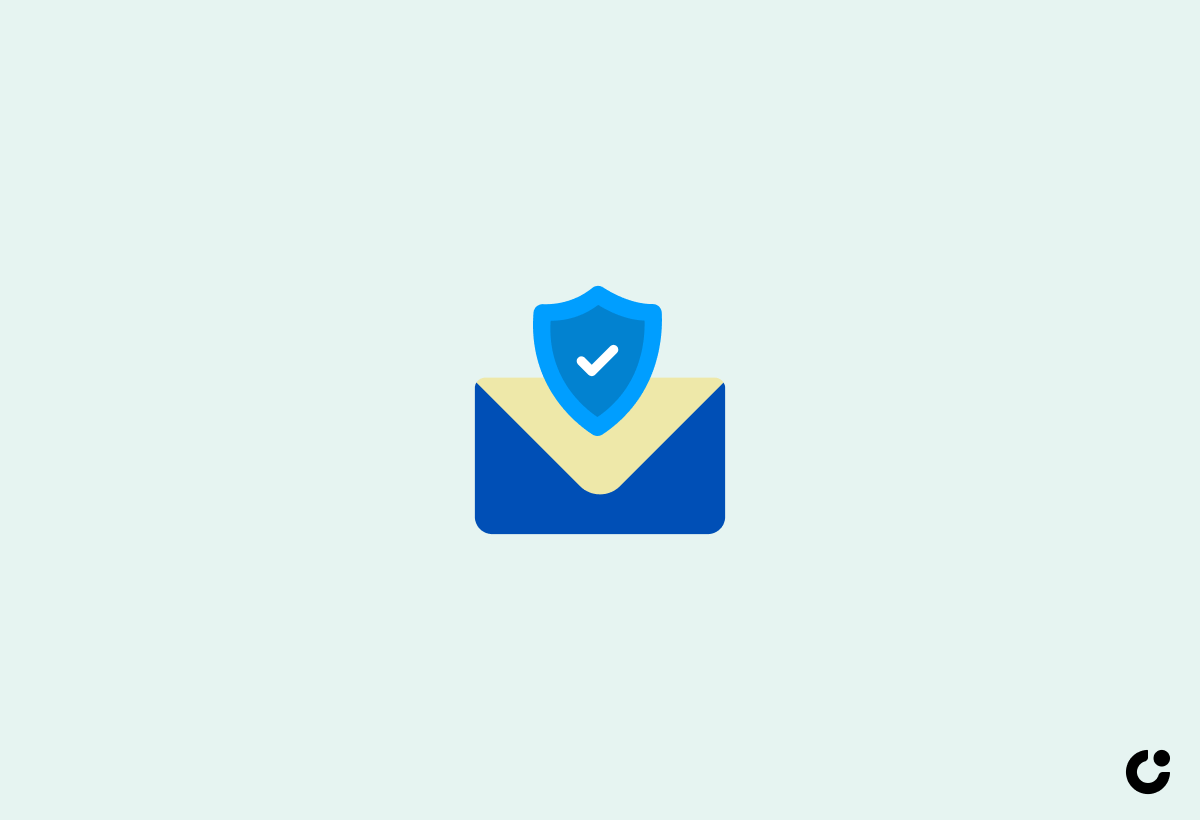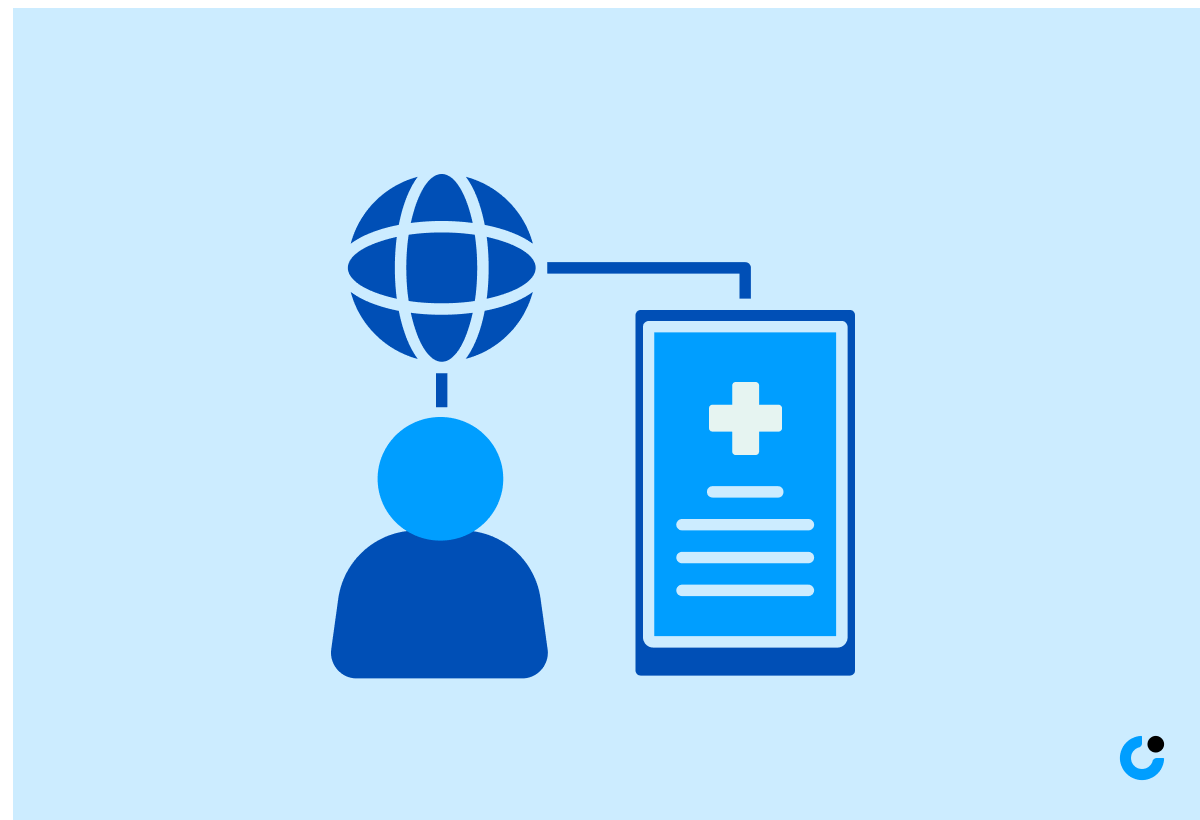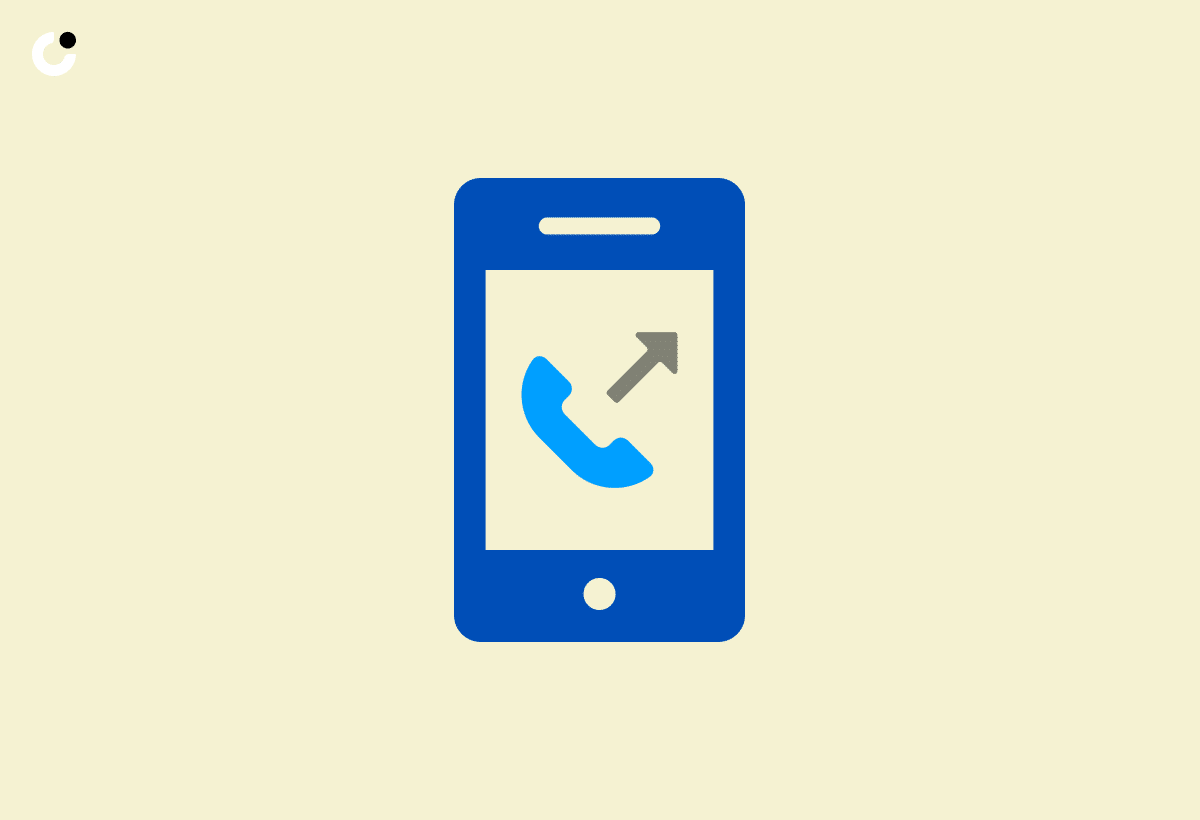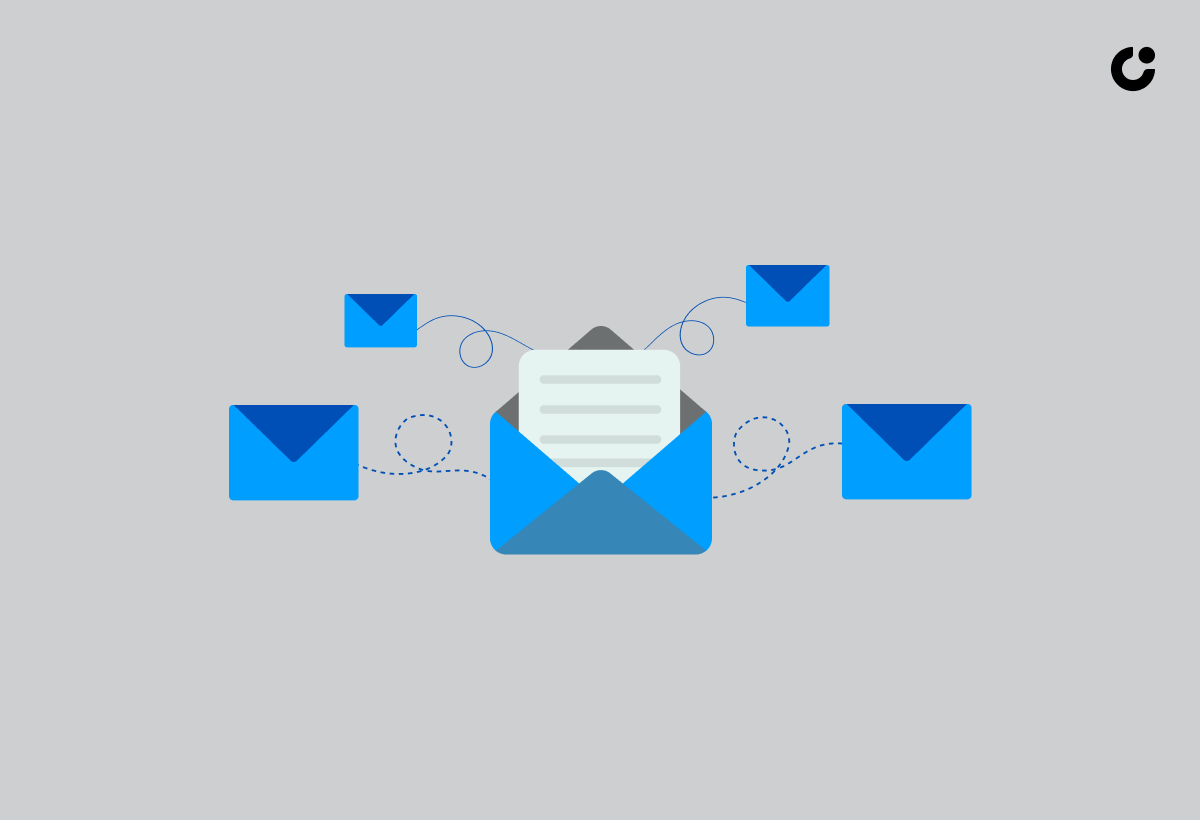Shadowing a doctor is a crucial step on the journey to a medical career, offering invaluable insights into the daily life of medical professionals and the intricacies of various specializations. But how do you secure such an opportunity? The answer lies in mastering the art of cold emailing doctors to shadow. In this blog post, you’ll learn how to craft compelling emails, identify shadowing opportunities, personalize your correspondence, follow up effectively, handle responses, and make the most of your shadowing experience. Let’s dive in!
Key Takeaways
- Cold emailing is essential for securing shadowing opportunities. Craft a professional and personalized email with an effective subject line.
- Utilize university resources and online physician directories to identify potential shadowing opportunities.
- Prepare additional information, maximize the experience while shadowing, and take post-shadow actions such as sending thank you notes to make lasting connections in pursuit of a medical career.
The Essentials of Cold Emailing for Shadowing

Cold emailing is a powerful tool to connect with doctors for shadowing opportunities. To increase your chances of a positive response, focus on crafting a well-structured email with a compelling subject line and professional etiquette. Remember, doctors are busy people, and a well-crafted email can make all the difference in capturing their attention and securing those invaluable shadowing hours.
Crafting the Perfect Subject Line

In cold emails, an engaging subject line is of utmost importance. It should be concise, clear, and relevant to the purpose of the email, which is to request a shadowing opportunity. Incorporating the recipient’s name, posing a question, or highlighting a benefit can make your subject line more appealing.
For instance, “Shadowing Request: Exploring [Doctor’s Specialty] with [Doctor’s Name]” can instantly grab the doctor’s attention and increase the likelihood of your email being opened.
Structuring Your Cold Email

Your cold email should start with a concise introduction, your purpose for reaching out, your interests and goals, and a polite request for the doctor’s time. Be concise and straightforward, mentioning your educational background, your interest in their specific field or practice, and how you became aware of the doctor.
Aim for an email length of 150-200 words, as this will effectively communicate your purpose and interest without overwhelming the recipient.
Polishing Your Email Etiquette

For professional communication, it’s key to refine your email etiquette. This includes proofreading for grammar and spelling errors, using a professional tone, and being respectful of the doctor’s time. Consider utilizing proofreading tools like Grammarly to ensure your email is error-free.
Maintaining proper email etiquette demonstrates your professionalism and consideration for the doctor, increasing your chances of securing a shadowing opportunity.
Identifying Potential Shadowing Opportunities

Finding the right doctor to shadow can be challenging, but leveraging university resources and online physician directories can help you discover shadowing opportunities in your desired field. By connecting with various physicians and medical professionals, you increase your chances of finding a doctor who is open to sharing their expertise and providing you with a meaningful shadowing experience.
Tapping Into University Resources

When trying to find doctors to shadow, resources from your university can prove extremely beneficial. Pre-med advisors, professors, and alumni networks can provide you with contacts and recommendations for physicians open to shadowing. Don’t hesitate to reach out to these resources, as they can guide you in your search for the perfect shadowing opportunity and help you make connections in the medical community.
Leveraging Online Physician Directories

Potential shadowing opportunities become easier to find using an online physician directory, which provides extensive information on practicing physicians across different specialties. These directories often provide contact information and background details, allowing you to tailor your cold email to the doctor’s specific expertise and interests.
By doing your research and leveraging these online resources, you increase your chances of securing a shadowing opportunity with a doctor who aligns with your interests and goals.
Personalizing Your Cold Email

To differentiate your cold email, include personal touches like details from the doctor’s background and specific interests. This demonstrates genuine enthusiasm and dedication, making your request more appealing to the doctor. By taking the time to personalize your email, you increase the likelihood of receiving a positive response and securing the shadowing opportunity.
Researching the Doctor's Background

Understanding a doctor’s expertise and interests through background research, including their medical specialty, enables you to customize your email message. This information can be found on local hospital websites, physician directories, or even through their publications.
By demonstrating that you have taken the time to research their background, you show genuine interest in their work and increase the likelihood of a positive response to your shadowing request.
Mentioning Specific Interests

Mentioning specific interests related to the doctor’s field or practice can demonstrate your passion and commitment to learning from their experience. For instance, if you are contacting a cardiologist, you might mention your interest in learning about the latest advancements in cardiovascular medicine. By expressing genuine enthusiasm and a desire to learn, you make your request more compelling and increase the chances of securing the shadowing opportunity.
Following Up After Sending Your Email

Ensuring that your request has been seen and considered by the doctor requires you to follow up after sending your cold email. Whether through a follow-up email or a phone call, persistence can pay off in securing your desired shadowing opportunity.
Remember, doctors are busy professionals, and a well-timed follow-up can make all the difference in capturing their attention and receiving a response. When a doctor responds, it’s important to be prepared and make the most of the opportunity.
The Art of the Follow-Up Email

To remind the doctor of your request and demonstrate your ongoing interest in shadowing them, construct a courteous and succinct follow-up email. In your follow-up, express gratitude for their time, reiterate your interest, and provide any additional information that may support your request.
By maintaining a professional and respectful tone in your follow-up email, you increase the chances of a positive response and securing the shadowing opportunity.
When to Make a Phone Call

A week after sending your cold email, a phone call can come in handy to establish a direct connection with the doctor and enhance your probability of landing a shadowing opportunity. In your phone call, mention your previous email, restate your interest in shadowing, and ask if they have any questions or concerns. By being proactive and respectfully persistent, you demonstrate your dedication to the shadowing experience and increase the likelihood of a positive response.
Handling Responses to Your Cold Email

Responding to your cold email necessitates readiness for both favorable and unfavorable outcomes. In either case, it is important to respond professionally and graciously, thanking the doctor for their time and considering alternative shadowing options if necessary.
Knowing how to proceed in each case can help you make the most of the opportunities that arise in family medicine and internal medicine, as you continue your journey towards a fulfilling medical career after med school and explore various medical schools.
If You Receive a Positive Response

Should you get a positive response to your shadowing request, ensure you reply promptly, express gratitude, and coordinate scheduling details to secure the opportunity. Be flexible with your availability and respect the doctor’s time and schedule. By responding professionally and enthusiastically, you demonstrate your commitment to the shadowing experience and build a positive rapport with the doctor.
If You Are Declined

In case of a decline to your shadowing request, make sure to reply in a professional and gracious manner, expressing gratitude for the doctor’s time and consideration. Remember, there may be various reasons for the decline, such as hospital regulations or the doctor’s schedule.
Use this experience as an opportunity to learn and refine your approach for future requests, and explore alternative shadowing options to continue your pursuit of medical education as a pre med student.
Preparing Additional Information

Having additional information like your resume or references at hand, including a recommendation from a family friend in the medical field, can give the doctor a better understanding of your background and skills. Having this information readily available demonstrates your preparedness and professionalism, increasing the likelihood of a positive response to your shadowing request.
By being proactive and prepared, you set yourself up for success in securing shadowing opportunities and building valuable connections in the medical community.
Maximizing Your Shadowing Experience

Optimizing your shadowing experience involves adequate preparation beforehand, active engagement during the process, and taking steps post-shadowing to strengthen connections and convey appreciation. By being proactive and dedicated throughout the entire process, you can maximize your learning opportunities and make a lasting impression on the doctor and their team.
Before the Shadowing Begins

Prior to the opportunity to shadow a doctor, take time to study the doctor’s practice, acquaint yourself with medical jargon, and formulate questions for the experience. This preparation will help you make the most of your time with the doctor and enable you to actively engage in the shadowing process.
By being well-prepared, you demonstrate your commitment to learning and set the stage for a successful shadowing experience.
During the Shadowing Experience

For the duration of the shadowing experience, make sure to:
- Be punctual
- Dress appropriately
- Interact actively with the doctor and their team
- Ask thoughtful questions
- Observe their daily routines
- Take notes to help you better understand the doctor’s field and practice.
By being fully present and engaged during the shadowing experience, you can maximize your learning opportunities and make a positive impression on the doctor and their team.
Post-Shadowing Actions

Once the shadowing experience is over, send a thank-you note to the doctor, acknowledging the opportunity and summarizing your learnings from the experience. If appropriate, request a letter of recommendation to support your medical school application.
Reflect on your shadowing experience and consider how it has informed your future career decisions and interests. By taking these post-shadowing actions, you solidify your connections and gain valuable insights to guide your journey towards a medical career.
Summary
In conclusion, mastering the art of cold emailing doctors to shadow is a vital skill in your pursuit of medical education. By crafting compelling emails, identifying potential shadowing opportunities, personalizing your correspondence, and following up effectively, you increase your chances of securing invaluable shadowing experiences. Remember to engage fully during the experience and take post-shadowing actions to solidify connections and express gratitude. With dedication and persistence, you’ll be well on your way to a rewarding medical career.
Frequently Asked Questions
Can you cold email doctors for shadowing?
Cold emailing doctors for shadowing is not ideal, but can be a viable option when other methods of finding a shadowing opportunity are unavailable.
How do you write an email to shadow a physician assistant?
In a formal and direct manner, start the email by requesting to shadow a physician assistant: "Hi, I'm interested in becoming a PA and was wondering if you might let me shadow you. My schedule is flexible, and I can come whenever you might be free. Thank you."
How long should my cold email be?
Your cold email should be between 150-200 words, ensuring that you clearly communicate your purpose and interest without overloading the reader. Use a formal tone and make sure to include a clear conclusion in the first sentence.
How long should I wait before following up on my cold email?
Wait two or three days before following up on your cold email to give the recipient enough time to read and respond.
Can I use online physician directories to find doctors to shadow?
Yes, online physician directories can be used to find doctors to shadow, providing contact information and background details on the physicians.

